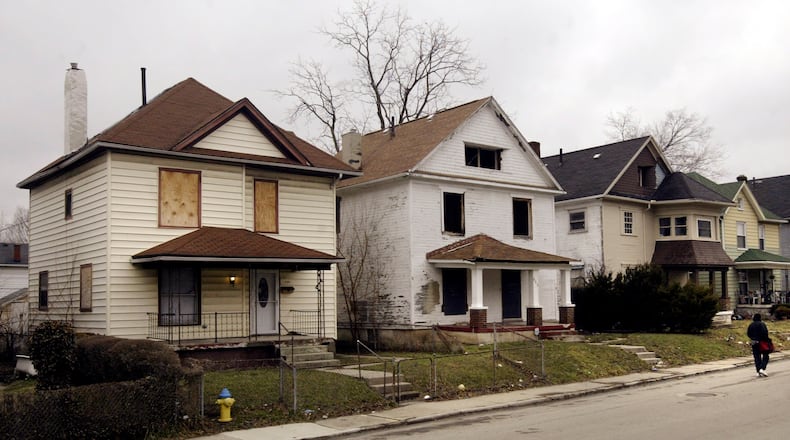And yet many local residents of color trail far behind their white counterparts in income, wealth and financial stability, according to the report produced by the Miami Valley Urban League.
The Urban League will dig into the State of Black Dayton report at 6 p.m. Thursday during a town hall event that highlights issues with segregated housing, a lack of access to financing and pay, educational, criminal justice and health disparities.
“Our report is a starting point for what needs to be an ongoing conversation. A conversation that can lead to solutions,” said Branford Brown, executive director of the Miami Valley Urban League, in a prepared statement.
Here are some key takeaways from the report and some information that was part of a discussion held at Omega Baptist Church at 1821 Emerson Ave. in Dayton.
RELATED: Dayton-area blacks see some measures improve, but inequality still high
Money, poverty, education and race
There is a large wage gap between white and black people in the Dayton region.
In 2015, the median annual income for white people in Montgomery County was $39,925, according to the report. Black people earned $17,000 less, or $22,197.
That chasm helps explain why about about 32.5 percent of black residents in Montgomery County live in poverty, compared to 12.3 percent of whites, the report says, citing 2015 data.
Workers of all races have had more success finding work as the economy has improved. But disparities are not significantly improving.
In the Dayton metro area, the unemployment rate last year was 13.1 percent for black workers and 5.7 percent for white ones, according to the national State of Black America 2017 report.
Black residents also are much more likely than white ones to be homeless, incarcerated and behind in school, the report states.
Housing discrimination and discrimnatory lending practices also have made it hard for black households to accumulate wealth, the report says.
For instance, the median home value in Southern Dayton View on the city’s west side is $46,900, which is problematic considering most banks and mortgage lenders do not market conventional loan products for home purchases under $75,000, the report states
RELATED: Lasting Scars: Fifty years later, Dayton remains segregated
Black city, white safety forces
There are more than 300 U.S. cities with populations of 100,000 residents or more.
Dayton ranks 29th in the nation for the share of its residents who are black (41 percent), according to U.S. Census data.
But though it has a large minority population, only 13 percent of Dayton police officers and 4 percent of the city’s uniformed fire services worker are black, according to the Urban League’s report.
Earlier this month, this newspaper reported that Dayton’s most recent police recruit class was the least diverse in at least a decade. Out of 28 new officers, 27 are white men, and one is a white woman.
In May, this newspaper reported that nine in 10 sworn Dayton police officers are white. The highest ranking black, female police officer has sued the police department, alleging discrimination.
The share of black officers has stagnated since the 1970s, and local law enforcement and public safety agencies have a responsibility to have personnel that reflect the community they serve, the report states.
About the Author

